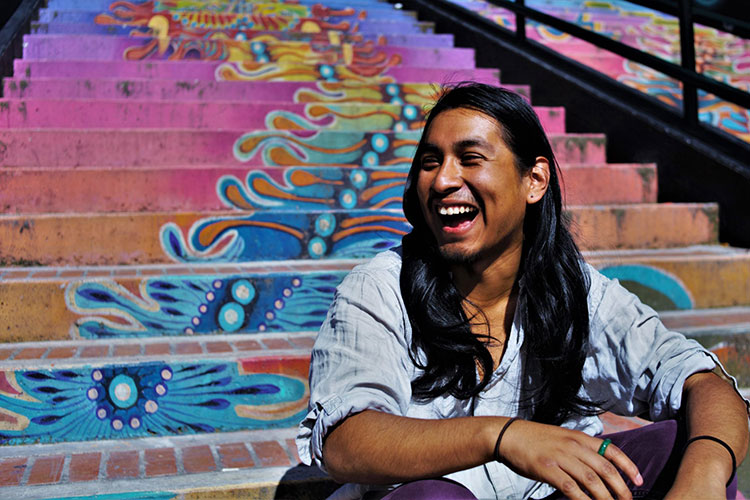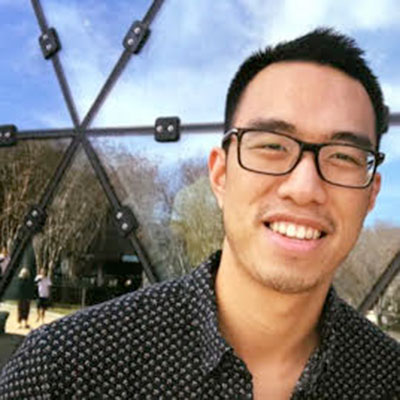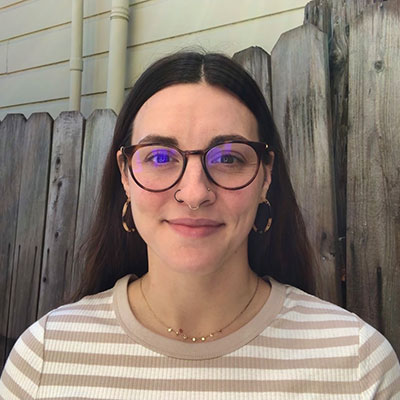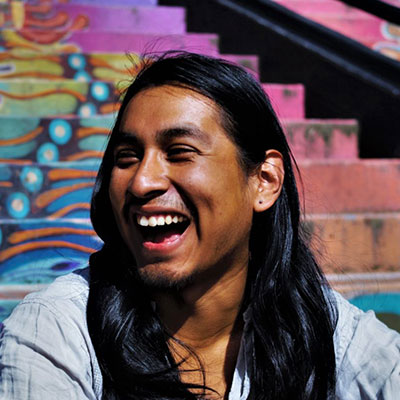Keeping Alive Our Indigenous Cultures on Mother Language Day

On this day, Feb. 21, we observe International Mother Language Day, an annual, worldwide celebration of linguistic diversity and multilingualism. The United Nations Educational, Scientific and Cultural Organization (UNESCO) created it in 1999 to honor students at Bangladesh’s Dhaka University who protested in 1952 to protect their Bengali language. Sixteen students died in the protests. More recently, UNESCO declared 2022-32 the International Decade of Indigenous Languages.
Across the globe, Indigenous languages are increasingly at risk of being displaced by colonial languages, such as English and Spanish. Language revitalization movements speak to the tenacity and resilience of Indigenous communities fighting to preserve their ways of life.
At the heart of preserving a language is the continued cultivation of loving relationships that individuals and communities maintain with their languages; it is an intimate process that goes beyond preserving a wealth of knowledge for humanity.
Here, Edwin Ko, Tessa Scott and Jesús I’x Nazario, three graduate students in UC Berkeley’s Designated Emphasis in Indigenous Language Revitalization program, offer perspectives on connecting intimately with Indigenous languages.

Edwin Ko
Languages: Cantonese, Northern Pomo, Crow
Like many children whose families immigrated to the U.S., I speak to my parents in my mother language, Cantonese. The Bay Area is home to many Cantonese speakers, and hearing my language spoken evokes a longing to be with family who have since returned to Hong Kong. For me, my mother language forms a link to home and is interwoven into the fabric of the family unit.
As a linguist, I have been involved in documenting and revitalizing Northern Pomo and Crow, two Indigenous languages of California and Montana, respectively. Through these efforts, I have learned more about how our language provides a bridge to fostering family relationships, which has instilled within me a firm resolve to support those wishing to (re-)connect with their ancestral language.
I learned how mothers are empowering youths in learning to speak their language, Northern Pomo – a language once dormant – by creating safe spaces for youths to become leaders and teachers, while positioning themselves as their students.
I learned from the youngest speakers of Crow about the important role that grandmothers – káale, in Crow – play in passing on the language and culture, reflecting their love and devotion to their grandchildren.
Yet, however sturdy this veritable bridge appears, it is our individual and collective responsibility to care for our mother languages, just as we care for our mothers.

Tessa Scott
Language: Mam
In Mam, a Mayan language spoken in the highlands of Guatemala and in many diaspora communities across North America, the elements of the earth and sky are called “Our Mother.” Qtxu tx’otx, our mother earth; qtxu xjaw, our mother moon; qtxu axi’n, our mother corn. Just as my mother gave me life, our earth and our moon give us all life. We share the life they give us. Similarly shared is language.
In studying Mam, my teachers taught me that the sounds of the language mimic the sounds of the forest. The birds, qa ch’it; the animals, qa jil; the trees, qa tze. The sacred life all around us on earth manifests through the sounds of the forest and the sounds of our voices. When I speak Mam as a learner of the language and culture, I am adding my breath to the life of the ancestors, qchman, and the people, xjal, of today.
In the U.S. diaspora of Mam people, language teachers and cultural activists are bravely leading us into a new era of Mam survivance (survival + resistance). They are using their voice to affirm their human rights, rights which have not been respected in their place of origin. They remind us we have the right to education, to happiness, to our language, qyol.
I am motivated to carry out language revitalization work by a philosophy in Mam that I share with my Mam colleagues: Qo xnaq’tzan tuj tzalajb’il tu’ntzan tjaw ch’iy qchwinqlal. We learn with happiness for a better future.

Jesús Nazario
Language: Nahuatl
I am an Indigenous person who has relearned their mother’s language. Raised in the United States, I did not grow up speaking my parents’ Indigenous language, Nahuatl. But after almost three years of coursework, I have regained an ancestral ability to speak with my parents in their own language.
Early in my language journey, I learned that nana is the word for mother in Nahuatl. However, “mother” in Nahuatl is never separate from the world. Mother always appears in relation to a web of relationships. Tonantzin, for example, emphasizes a reverence of the mother, while stressing whose mother it is. to-nan-tzin, our dear mother.
For Indigenous peoples across the world, to remember, to practice, to venerate our mother language is to respect the relationship that our ancestors and the current generation has with the living world — from the human to non-human. Today’s Mother Language Day is possible because of the accumulated births done by mothers, those who have nurtured us so we could one day continue understanding and living through our native languages.
Today, we not only celebrate Mother Language Day, but also the International Decade of Indigenous Languages — an acknowledgement of a need for immediate action and long-term solutions toward protecting the rights for everyone to speak their own language. Indigenous languages require special attention, as their languages are endangered due to rising globalization and acculturation into dominant societies.
Mother Language Day should be a day we all remember, revitalize and return. To materialize a world in which many worlds can fit. This will not be easy, as we all have different relationships with our mothers, our mother languages and with our mother earth. Despite the foreseen and unforeseen difficulties, language revitalization will require resilient and diverse commitments to speak and renew Indigenous languages once again.
Tessa Scott is a Ph.D. candidate in linguistics at UC Berkeley with a designated emphasis in Indigenous language revitalization whose work focuses on morphology, syntax and Mam language revitalization. She has been learning Mam since 2017 and coteaching Mam with Mam collaborators in Guatemala and Oakland since 2019.
Edwin Ko is a Ph.D. candidate in linguistics at UC Berkeley with a designated emphasis in Indigenous language revitalization whose work focuses on computational historical linguistics, language documentation and language revitalization. He has been involved in Northern Pomo language revitalization since 2014 and in documenting the Crow language since 2016.
Jesús I’x Nazario (jehj/jei) is a second-year Ph.D. student in ethnic studies studying Indigenous (Nahua) food and political sovereignty in the U.S. and Mexico. Jesús has studied with small-holder Nahua maize farmers and is interested in linking seeds with people across settler-colonial borders.
The Designated Emphasis in Indigenous Language Revitalization in an interdisciplinary graduate program established at Berkeley in 2018. Currently, 13 students from departments including linguistics, education, ESPM (environmental science, policy and management), music, history, French, ethnic studies and landscape architecture are working on Indigenous languages around the globe.
